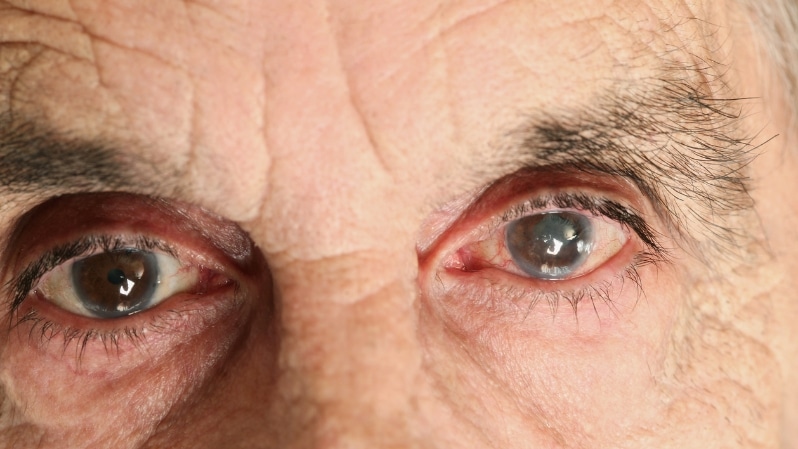Browse Eyewear

Imagine a world without colors, where the vibrant hues of nature and the smiles of loved ones fade away into darkness. This is the grim reality faced by millions of individuals suffering from glaucoma, a group of eye disorders that gradually steal one’s vision, often without noticeable symptoms until it’s too late. In this blog, we’ll delve into the intricacies of glaucoma, shedding light on its causes, symptoms, diagnosis, and treatment options.
The Silent Thief Of Sight: What Is Glaucoma?
Glaucoma is a group of eye conditions characterized by damage to the optic nerve, which transmits visual information from the eye to the brain. This damage is usually the result of elevated intraocular pressure (IOP), which can damage the delicate fibers of the optic nerve over time. While high IOP is a significant risk factor for glaucoma, it’s important to note that not everyone with elevated IOP will develop the condition.
Types Of Glaucoma
There are different types of Glaucoma, let’s see below about it:
- Open-angle Glaucoma: This is the most common type of glaucoma, often called the “silent thief of sight.” It progresses slowly and painlessly, gradually reducing peripheral vision without causing noticeable symptoms until later stages.
- Angle-closure Glaucoma: Also known as acute or narrow-angle glaucoma, this type is more sudden and can cause severe symptoms like eye pain, headache, blurred vision, and even nausea or vomiting. It occurs when the drainage angle in the eye narrows, causing a rapid increase in IOP.
- Normal-tension Glaucoma: In this form, damage to the optic nerve occurs even though the IOP remains within the normal range. The exact causes of this type are still being studied, but factors like reduced blood flow to the optic nerve might play a role.
- Secondary Glaucoma: This type results from another eye condition, injury, or disease, such as uveitis, diabetes, or cataracts. These conditions can disrupt the normal fluid drainage from the eye, leading to increased IOP.
Detecting The Silent Threat Of Glaucoma: Symptoms And Diagnosis
One of the most insidious aspects of glaucoma is its lack of early symptoms. Peripheral vision loss occurs gradually, often going unnoticed until significant damage has been done. Regular eye exams are crucial, especially for those at higher risk due to age, family history, and certain medical conditions.
During an eye exam, an ophthalmologist will measure IOP, assess the optic nerve’s appearance, and conduct visual field tests to detect peripheral vision loss. Advanced imaging technologies like optical coherence tomography (OCT) are also employed to assess optic nerve health.
Fighting Back Against Glaucoma: Treatment And Management
While glaucoma-related vision loss is irreversible, early detection and management can slow down its progression and preserve existing vision. Treatment options include:
- Medication: Eye drops or oral medications can help reduce IOP by either increasing fluid drainage or decreasing fluid production.
- Laser Therapy: Procedures like selective laser trabeculoplasty (SLT) can improve drainage of fluid from the eye, lowering IOP.
- Surgery: In advanced cases or when other treatments aren’t effective, surgical interventions like trabeculectomy or shunt implantation can be considered to improve fluid drainage.
Prevention And Lifestyle Of Glaucoma
While not all cases of glaucoma can be prevented, there are steps individuals can take to reduce their risk:
- Regular eye check-ups, especially for those at higher risk.
- Maintaining a healthy lifestyle, including regular exercise and a balanced diet.
- Managing conditions like diabetes and hypertension that can contribute to glaucoma risk.
- Protecting your eyes from injury.
Conclusion
Glaucoma is a relentless adversary that robs individuals of their vision silently and stealthily. By understanding its different types, risk factors, symptoms, and treatment options, we can arm ourselves with knowledge to detect and manage the condition early. Regular eye exams, healthy lifestyle choices, and prompt medical attention are our best defenses against this silent thief of sight, ensuring that we continue to experience the world’s beauty in all its vibrant colors.



